Seychelles might be consisting of 115 beautiful granite-based coral islands, but the majority of them are uninhabited or preserved as nature reserves. Apart from the biggest and the main island of Mahe, Praslin and La Digue are the next most-visited and approachable islands.
Owing to the limited time at hand and the popularity of the beach of Anse Lazio (ranked among the top 10 beaches of the world by many travel magazines and platforms time & again), I chose Praslin. Previously known as Iles Des Palmes, the island of hardly 40 km was used as a hideaway by pirates and Arab merchants.
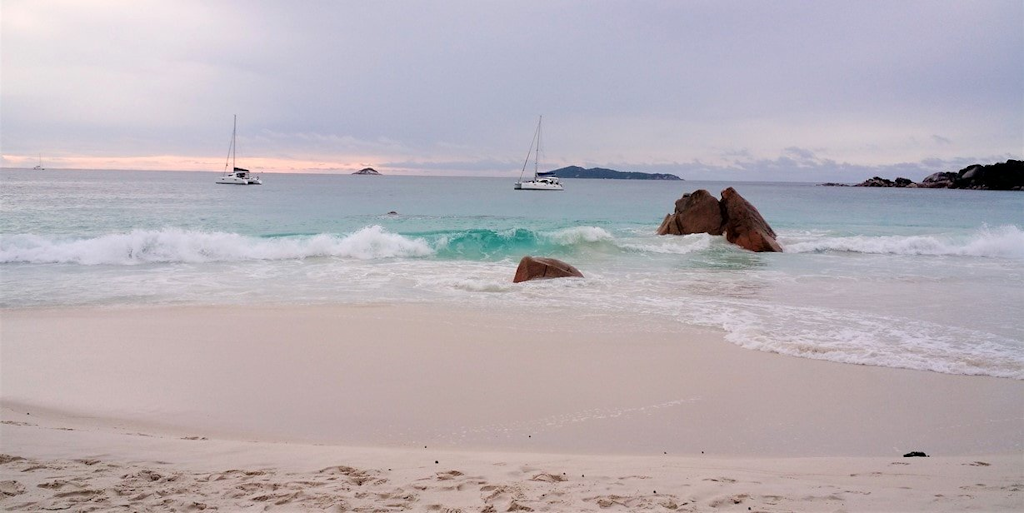
The abundant history meant more adventure and choosing an inter-island ferry rather than a plane proved to be a smart decision and offered a good experience. The sudden showers and turbulence at the sea sparked a bit of fear but added a lot more to the 60-minute adventure ride.
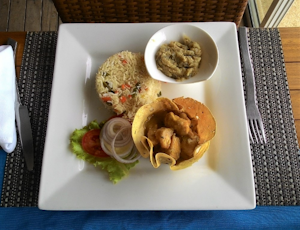
Robert Johnson, the transfer in-charge from the jetty point to Hotel Coco de Mer & Black Parrot Suites in Anse Bois de Rose gave me a quick run through on the must-visit spots and the rare flora & fauna. After indulging in the lip-smacking curries and desserts, ice cream on caramelised coconut this occasion, I couldn’t wait to see Anse Lazio on the other end of the island.
The snow white sand sparkling like gold in the sunlight, palm trees, large Takamaka trees, granite cliffs and thunderously-crashing waves had me in a trance in an instant. If the colours at Mahe made me dance, the crystal-clear azure waters of Anse Lazio spoiled me for life. Anything less pure or beautiful wouldn’t have made me even dip my feet into it.

Like a starstruck teenager, I bid adieu to Anse Lazio with great difficulty. The next meeting with Aldabra giant tortoises though made up for that. Found only in the Seychelles, Aldabra giant tortoise is one of the largest in the world and can live up to 200 years. Despite their legendary laziness, a younger one establishing eye contact with me indeed made me feel special.
Praslin’s wonder didn’t end there; Coco De Mer being the next. The buttock-like nut of rare Coco De Mer is the largest seed in the plant kingdom. Found only in the islands of Praslin and neighbouring Curieuse, this Seychelles native has separate male and female trees. Interestingly, you could identify the gender only after 25 years when it produces flowers or fruits.
A large part of the island’s south has been designated as Praslin National Park and the surrounding areas are marked as “Important Bird Area”. It has substantial tracts of tropical forests with birds such as the endemic Seychelles Bulbul and many more. The Seychelles black parrot – the National bird of the country, is also another unique attraction of Praslin. Found only on this island, in the World Heritage Site of Vallee de Mai Nature Reserve (which is also famous for its vanilla orchids) and the lower part of Fond Peper in Praslin National Park. Getting to see the black parrot is one of the luckiest things on the planet. While we were unlucky, the beauty of the reserve not only more than compensated for that but also made me promise myself to be back for the black parrot. It is said that General Charles George Gordon of Khartoum (1833-1885) found it so beautiful that he was convinced that Vallée de Mai was, in fact, the Biblical ‘Garden of Eden’. I would agree. Discover and create your own Seychelles Tour Package today!
About the author
Garima Verma, Travel Diaries’ guest editor, is an experienced journalist writing for dailies and international travel platforms.
This is part two of Seychelles – A true paradise series. Read the first part here, https://blog.pickyourtrail.com/seychelles-a-true-paradise/
Related Itineraries
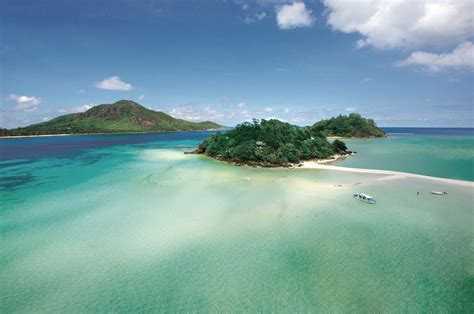
An epic 6 night Seychelles itinerary for the lovely
- Flights excluded
- 5 star accommodations
- Private transfer
₹ 1,58,823
Starting price/person
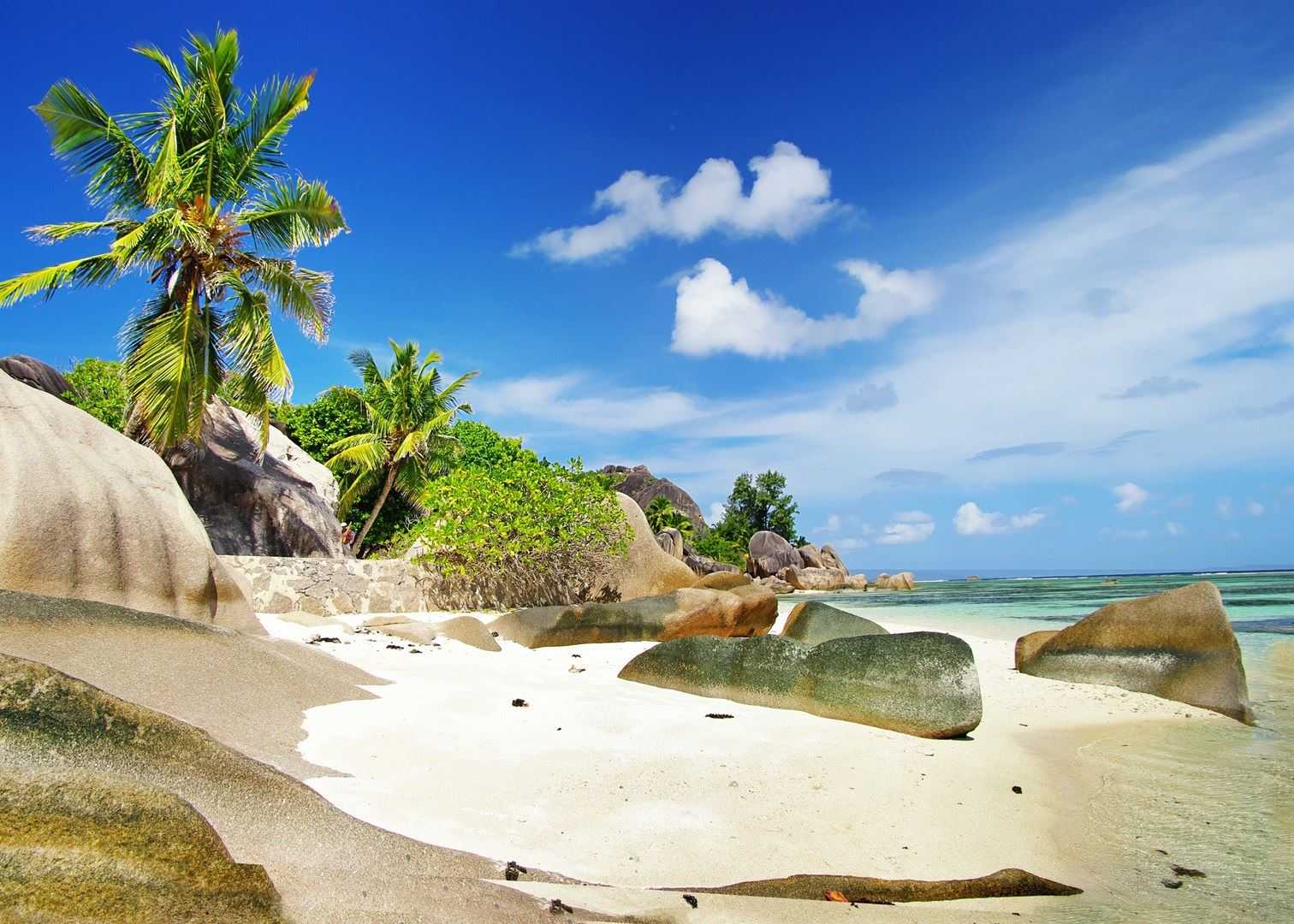
Ideal Seychelles Honeymoon trip
- Flights excluded
- 1 star accommodations
- Private transfer
₹ 12,130
Starting price/person
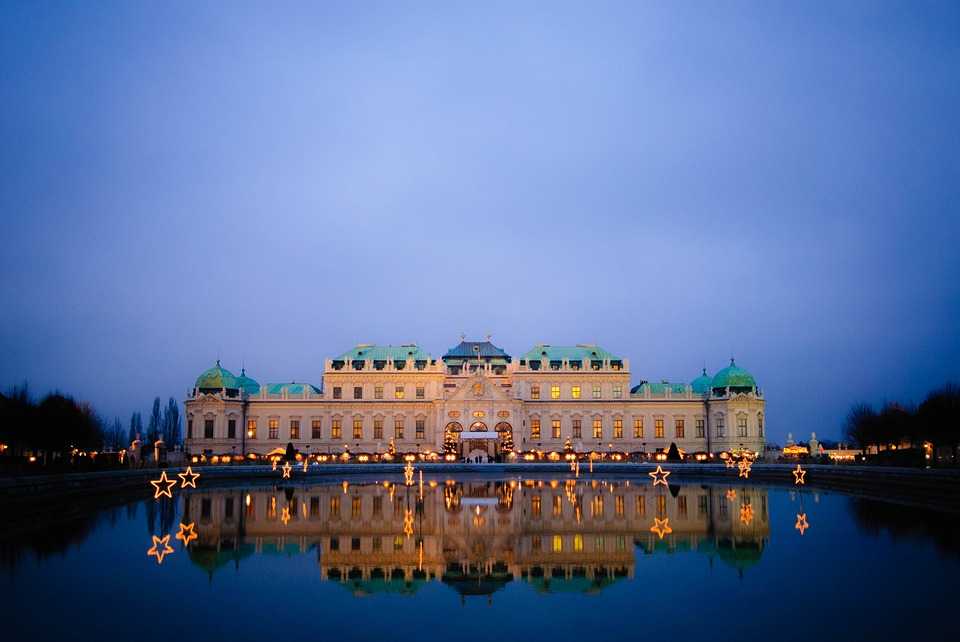
Beautiful 6 night Seychelles itinerary
- Flights excluded
- 1 star accommodations
- Private transfer
₹ 25,330
Starting price/person

A 4 night trip to ideal Seychelles
- Flights excluded
- 1 star accommodations
- Private transfer
₹ 17,144
Starting price/person

Exotic Seychelles Honeymoon Package
- Flights excluded
- 1 star accommodations
- Private transfer
₹ 12,130
Starting price/person

6 nights 7 days Romantic Seychelles leisure Tour Package for Couple
- Flights excluded
- 1 star accommodations
- Private transfer
₹ 12,130
Starting price/person
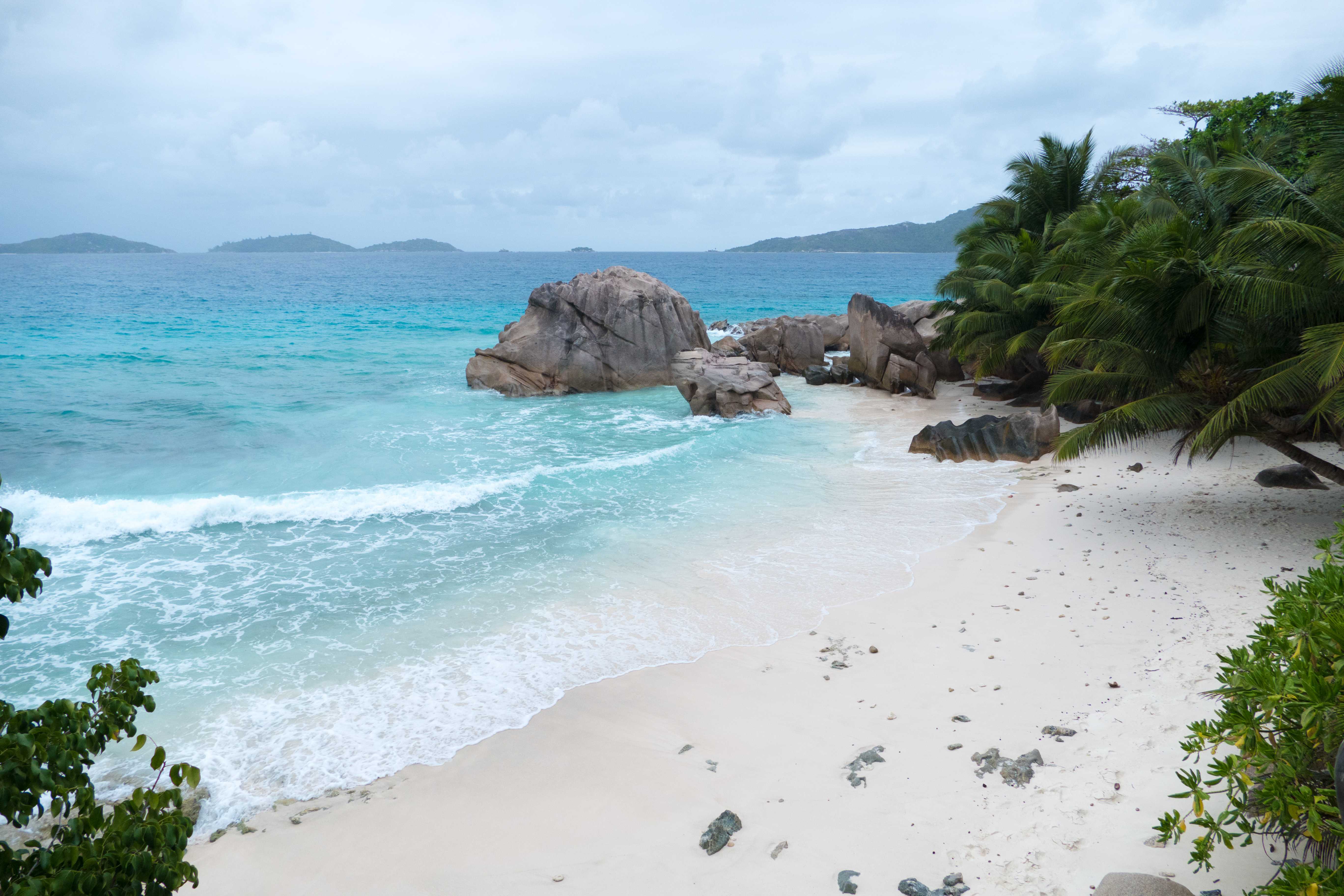
Breathtaking Seychelles Package for Couple
- Flights excluded
- 1 star accommodations
- Private transfer
₹ 12,130
Starting price/person

A Honeymoon itinerary: A fantastic 5 night Seychelles trip
- Flights excluded
- 1 star accommodations
- Private transfer
₹ 12,130
Starting price/person
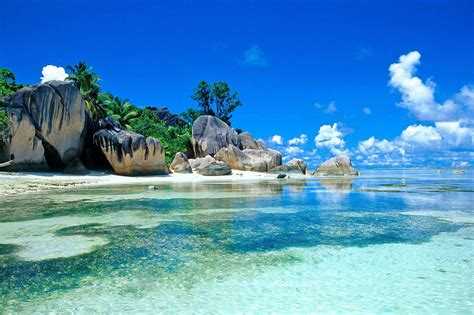
Adventurous 7 day trip to Seychelles for Honeymoon
- Flights excluded
- 1 star accommodations
- Private transfer
₹ 22,298
Starting price/person

An incredible 14 day South Africa itinerary for an unforgettable Honeymoon vacation
- Flights excluded
- 1 star accommodations
- 7 activities
- Private transfer
₹ 30,561
Starting price/person



